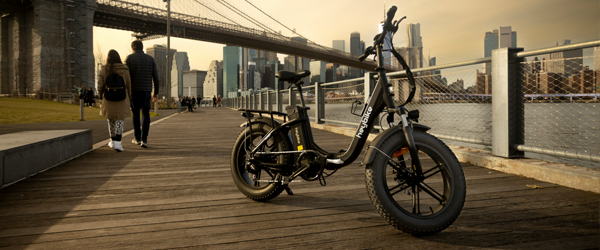
At Rahman Law, we want to support the use of bicycles and advocate fiercely for pedestrian and cyclist safety. Better regulations are a part of that safety. e-Bikes are new and therefore lack a solid foundation of safety regulations just yet. Unfortunately, this places minors at risk for fatal injuries due to reaching speeds that shouldn’t be accessible to them on an e-bike because while laws differ widely in different states, counties, and cities regarding e-bikes, what doesn’t differ is the universal law that speed kills.
When we look at automotive collisions with pedestrians and cyclists, we know that the risk of serious injury to a pedestrian doubles between 16 MPH and 23 MPH. Similarly, a pedestrian in a collision with a vehicle has a 10% chance of being fatally injured at 20 MPH but a 40% chance at 30 MPH. Even worse, the risk jumps to 80% at 40 MPH. With an e-bike, the rate of increase in severity of injuries is thought to follow a similar rate of increase, though studies are still in progress.
e-Bikes that may be used by minors under the age of 16 typically have a requirement not to go above 20 MPH and manufacturers largely comply with that. These are considered Class 1 and Class 2 e-bikes. But teenagers are smart. Some e-bikes only put a speed regulation on the motor, so as soon as you pedal with the motor, you can go faster. Other e-bikes have a governor, but cutting a cable might disable it easily. There are also apps out there to help navigate around the speed limitations put on by a manufacturer. Apps are easy to use.
Many cities are creating educational campaigns to help teach parents about the risks of e-bikes for minors and of going too fast on an e-bike in general. We don’t let minors under the age of 16 drive cars capable of going at high speeds for good reason. Allowing minors to go 20+ MPH on an e-bike (which can be categorized as a ‘motor vehicle’ depending on motor size and laws in your area) poses huge risks to the rider and the public. Law enforcement may be at a disadvantage in enforcing speed laws for e-bikes when it can be hard to determine the age of a cyclist, so this is something parents must be aware of before another e-bike fatality happens to a minor.
If you have a teenager who rides an e-bike (or even rents one periodically), be sure they understand the need for safety. The includes wearing a helmet, riding at safe speeds, and staying off of the sidewalks.
If you want to do more for your community to advocate for e-bike safety, subscribe to a non-profit doing work to bring about better regulations for e-bike safety for minors and all riders, like PeopleForBikes. Part of the battle we face in advocating for e-bike safety is that bikes are regulated by the Consumer Product Safety Commission, but motor vehicles are regulated by the NHTSA and e-bikes fall into a gray area where they might be one or the other. The oversight of e-bikes is currently under review by both of these agencies which makes now a great time to make your voice heard. E-Bikes offer more people the opportunity to ride who may not be physically capable of riding a traditional pedal-powered bike, but safety for the rider and the community around them needs to come first.

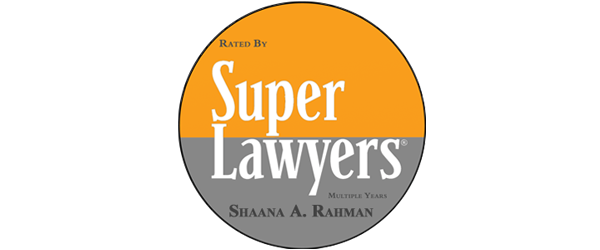
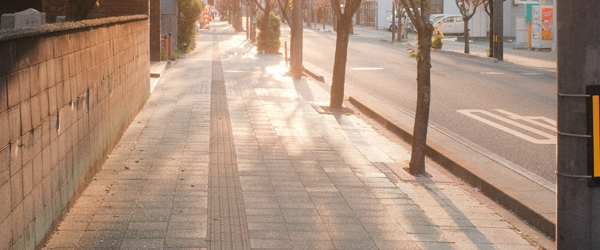

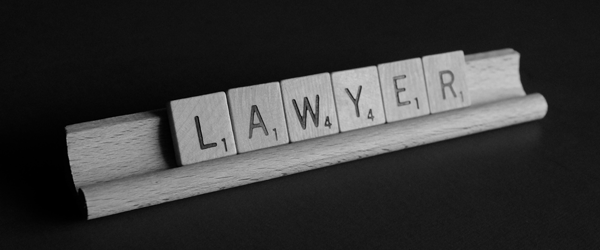
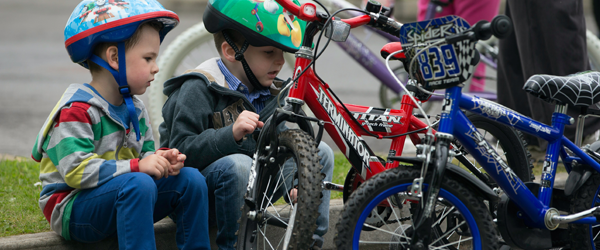
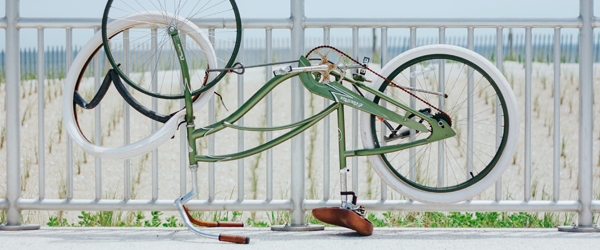

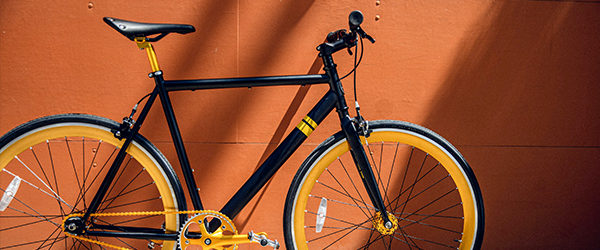


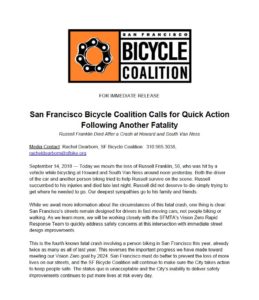
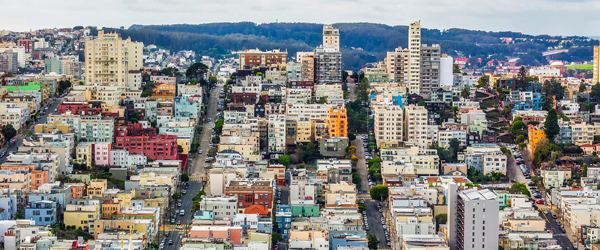 School is back in session and just like you, your child is a commuter. You may drive your child to school and give them a quick tuck-and-roll drop-off, or they may ride the bus, but some still pedal their way among the throngs of cars, pedestrians, and other cyclists. Or, you may have children who only cycle at home afterschool and on weekends. In either case, we wanted to share with you 5 rules every parent should know when letting their child ride their bike in San Francisco. Children under 14 accounted for 37% of all fatal bicycle accidents in 2015 and San Francisco is still in the top 13 cities in the entire United States for bicycle fatalities with motor vehicle collisions. It is important for parents to be vigilant.
School is back in session and just like you, your child is a commuter. You may drive your child to school and give them a quick tuck-and-roll drop-off, or they may ride the bus, but some still pedal their way among the throngs of cars, pedestrians, and other cyclists. Or, you may have children who only cycle at home afterschool and on weekends. In either case, we wanted to share with you 5 rules every parent should know when letting their child ride their bike in San Francisco. Children under 14 accounted for 37% of all fatal bicycle accidents in 2015 and San Francisco is still in the top 13 cities in the entire United States for bicycle fatalities with motor vehicle collisions. It is important for parents to be vigilant.